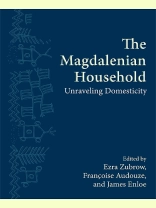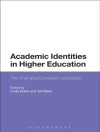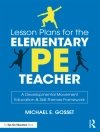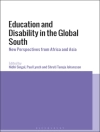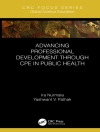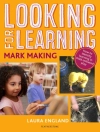What was home and family like in Paleolithic Europe? How did mobile hunter-gatherer families live, work, and play together in the fourteenth millennium BP? What were the functional and spatial constraints and markers of their domesticity—the processes that create and sustain a household?
Despite the long recognized absence of comprehensive archaeological data on such ancient homes and hearths, the archaeologists in this volume begin unraveling the domesticity of the Upper Paleolithic by drawing on both an immense trove of new material evidence and comparative site data, and a range of incisive and illuminating ethnographic analogies, theoretical models, and simulations. Five Late Magdalenian sites from the Paris Basin and one later Azilian site provide striking evidence of well preserved camps of short duration, situated on valley bottoms and buried by gentle floods. Of particular interest and value is the site of Verberie, rich in lithic tools, faunal remains, hearts, and other indicators of spatial organization, which has been excavated continuously for twenty-six years by the same director and provides an unparalleled source of information on Paleolithic domesticity. The first group of essays and reports look at the technology and demographic evidences of domesticity; the second set seeks clues to the spatial patterning of Paleolithic households; while the final essays draw on ethnographic analogies to reconstruct and interpret gendered divisions of labor, perishable technologies, and other activities not directly recognizable from archaeological remains.
Inhaltsverzeichnis
Prefacing the Household
Introduction: Domesticity Expressed
Ezra Zubrow, Françoise Audouze, and James G. Enloe
Part I. Technology and Demography
1. Technology and Demographics: An Introduction
James G. Enloe
2. The Magdalenian Site of Verberie(Le Buisson Campin): An Overview
James G. Enloe and Françoise Audouze
3. Fauna and Site Structure at Verberie: Implications for Domesticity and Demography
James G. Enloe
4. Technologie Lithique à Verberie: Production Domestique et Apprentissage
Frédéric Janny
5. Utilisation et Transformation des Matières Osseuses au Buisson Campin (Verberie, Oise)
Aline Averbouh
6. Pincevent and Verberie Rocks and Hearths: A Tentative Summary/Preliminary Analysis Utilisation et Transformation des Matières Osseuses au Buisson Campin (Verberie, Oise)
Gaëlle Dumarçay and Madeleine Caron (+)
Part II. Social Organization
7. Introduction to Domesticity and Spatial Organization
Ezra Zubrow, Françoise Audouze, and James G. Enloe
8. Archaeology of Equality: Magdalenian Economy
Ezra Zubrow
9. GIS of Verberie: Spatial Defi nition of the Habitation Units
Dustin Keeler
10. Domesticity and Spatial Organization at Verberie
Françoise Audouze
11. Espaces et Habitats au Tardiglaciaire dans le Bassin Parisien: Une Illustration avec les Gisements Magdalenien de Pincevent et Azilien du Closeau
Pierre Bodu
12. Éléments d’une Organisation Sociale Magdalénienne àÉtiolles Du Savoir-faire au Statut Social des Personnes
Nicole Pigeot
13. Comparing Social Organizations of Magdalenian Hunter-Gatherers: A Swiss Example
Marie-Isabelle Cattin
Part III. From Today to Yesterday: Ethnographic Comparisons
14. Introduction to the Ethnographic Section: Focusing on Interpreting the Magdalenian Sites of the Paris Basin
Françoise Audouze
15. The Probable Sexual Division of Labor in Magdalenian Hide Working: Ethnological Evidence
Lawrence H. Keeley
16. The Roles of Perishable Technologies in Upper Paleolithic Lives
Olga Soffer and James M. Adovasio
17. Slaughter and Carcass Processing of Reindeer in Siberia: Patterns and Distribution of Tasks—Comparisons Between Prehistoric and Ethnoarchaeological Cases
Francine David, Claudine Karlin, and Vladimir D’lachenko
18. Méthode de Reconstitution des Procédés de Traitement des Peaux en Préhistoire: Premières Applications Archéologiques
Sylvie Beyries et Veerle Rots
Conclusion: Domesticity Re-expressed
James G. Enloe, Françoise Audouze, and Ezra Zubrow
English-French Index
Über den Autor
Ezra Zubrow is Professor of Anthropology at the University at Buffalo, State University of New York. He is the editor of several books, including (with Colin Renfrew)
The Ancient Mind: Elements of Cognitive Archaeology.
Françoise Audouze is Senior Researcher Emerita at the National Center for Scientific Research in France and the coauthor (with Olivier Büchsenschütz) of
Towns, Villages, and Countryside of Celtic Europe.
James G. Enloe is Associate Professor of Anthropology at the University of Iowa and the coauthor (with Jack L. Hofman) of
Piecing Together the Past: Applications of Refitting Studies in Archaeology.
